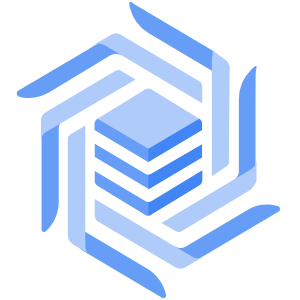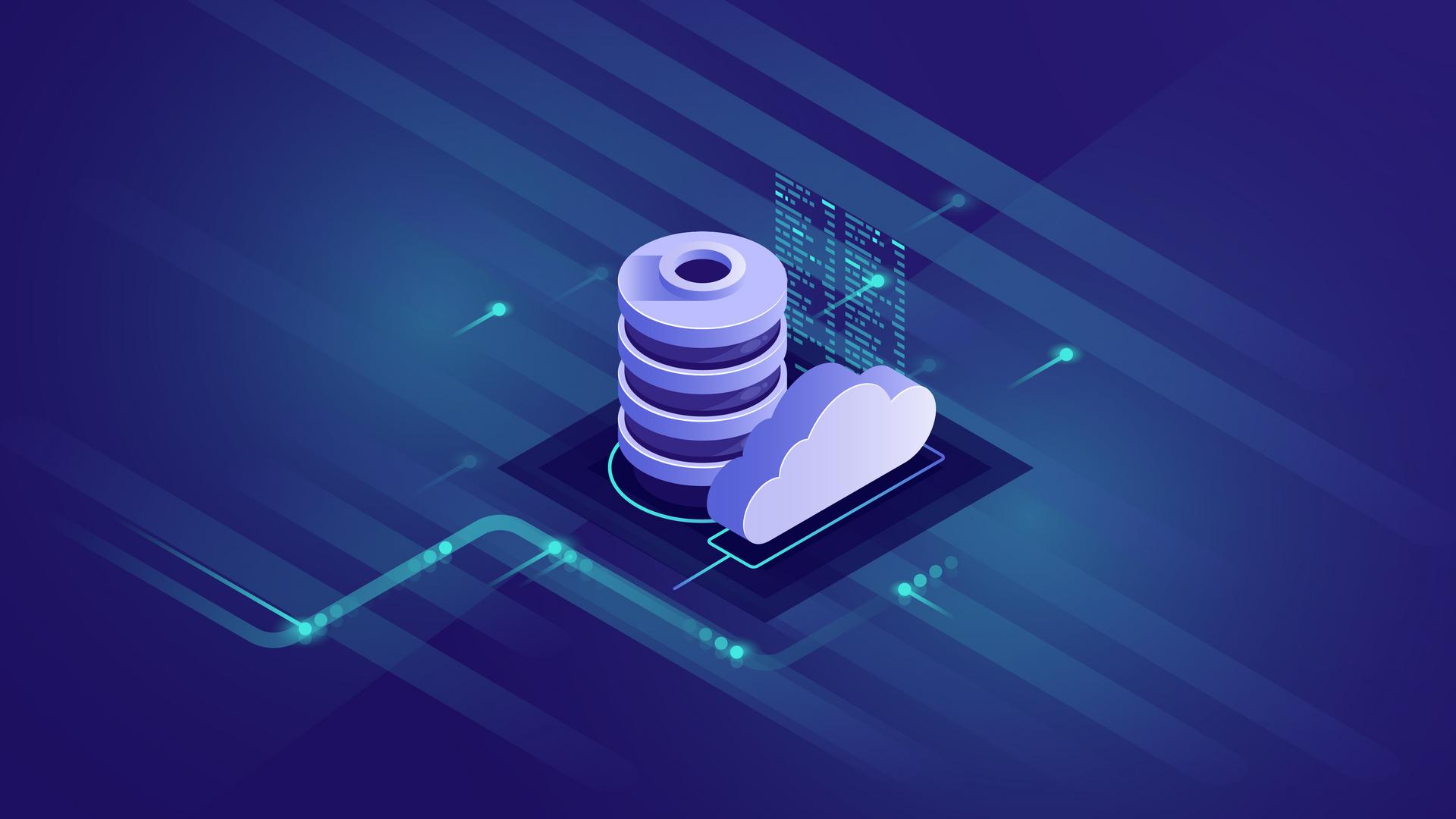
Cloud Bigtable
Cloud-native wide-column database for large scale, low-latency workloads.






A database is an organized collection of structured information, or data, typically stored
electronically in a computer system. A database is usually controlled by a database
management system (DBMS). Together, the data and the DBMS, along with the applications that
are associated with them, are referred to as a database system, often shortened to just
database.Data within the most common types of databases in operation today is typically
modeled in rows and columns in a series of tables to make processing and data querying efficient. The
data can then be easily accessed, managed, modified, updated, controlled, and organized. Most databases use structured query language (SQL) for writing and querying data.
Relational databases :-
Relational databases became dominant in the 1980s. Items in a relational database are
organized as a set of tables with columns and rows. Relational database technology provides
the most efficient and flexible way to access structured information.
Object-oriented databases. :-
Information in an object-oriented database is represented in the form of objects, as in
object-oriented programming.
Distributed databases :-
A distributed database consists of two or more files located in different sites. The
database may be stored on multiple computers, located in the same physical location, or
scattered over different networks.
Data warehouses :-
A central repository for data, a data warehouse is a type of database specifically designed
for fast query and analysis.
NoSQL databases :-
A NoSQL, or nonrelational database, allows unstructured and semistructured data to be stored
and manipulated (in contrast to a relational database, which defines how all data inserted
into the database must be composed). NoSQL databases grew popular as web applications became
more common and more complex.
Graph databases :-
A graph database stores data in terms of entities and the relationships between entities.
OLTP databases. An OLTP database is a speedy, analytic database designed for large numbers
of transactions performed by multiple users.
Open source databases :-
An open source database system is one whose source code is open source; such databases could
be SQL or NoSQL databases.
Cloud databases :-
A cloud database is a collection of data, either structured or unstructured, that resides on
a private, public, or hybrid cloud computing platform. There are two types of cloud database
models: traditional and database as a service (DBaaS). With DBaaS, administrative tasks and
maintenance are performed by a service provider.
Multimodel database :-
Multimodel databases combine different types of database models into a single, integrated
back end. This means they can accommodate various data types.
Document/JSON database :-
Designed for storing, retrieving, and managing document-oriented information, document
databases are a modern way to store data in JSON format rather than rows and columns.
Self-driving databases :-
The newest and most groundbreaking type of database, self-driving databases (also known as
autonomous databases) are cloud-based and use machine learning to automate database tuning,
security, backups, updates, and other routine management tasks traditionally performed by
database administrators.